What Leaves Are Narrow: Learn About Plants With Long, Thin Leaves
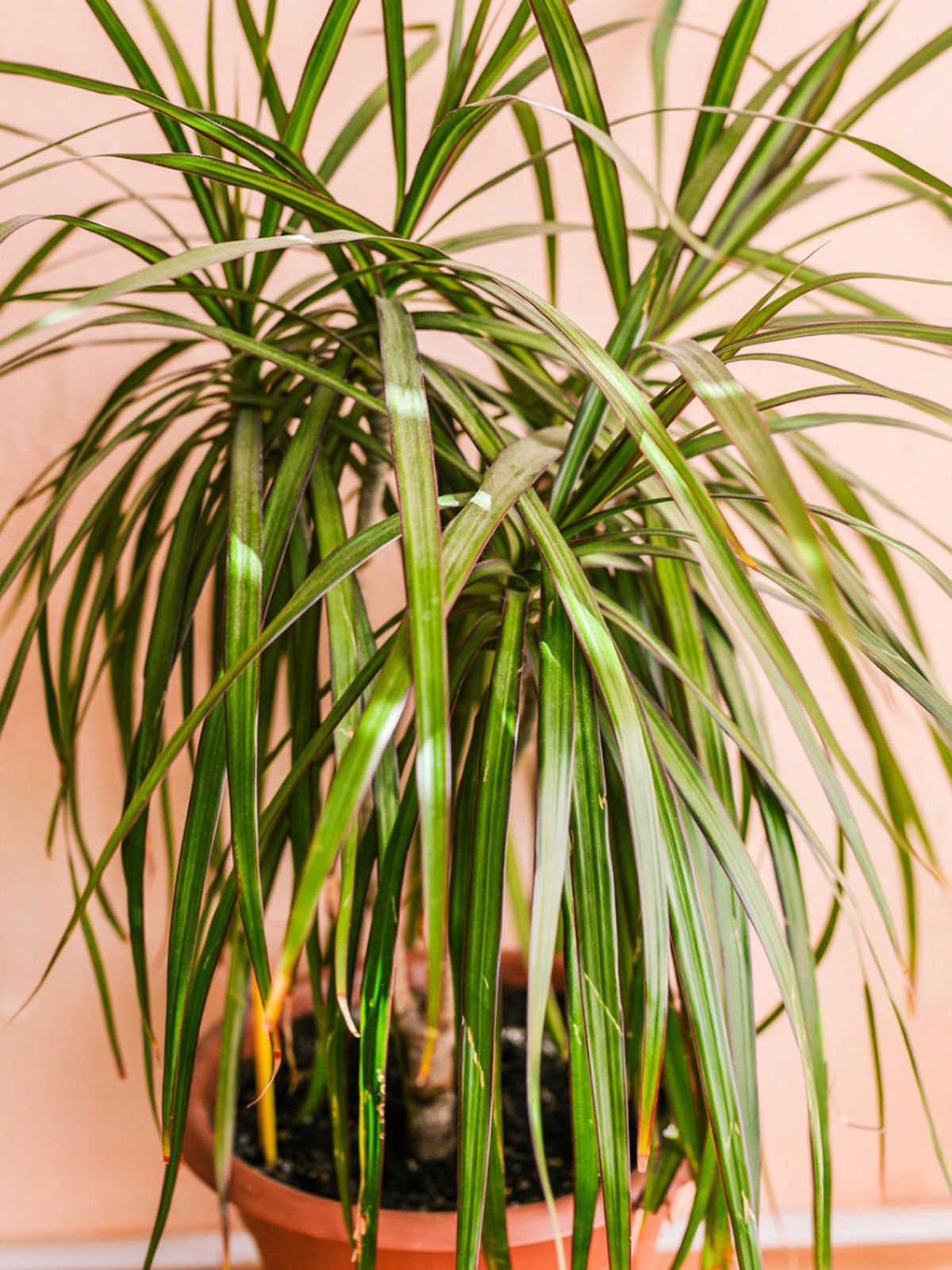
Have you ever wondered why some plants have thick, fat leaves and some have leaves that are long and thin? It turns out that scientists have asked that very question and they’ve come up with a reason for long and narrow leaves. One of the more obvious plants with long, thin leaves is the conifer, whose leaves are called needles. What other plant leaves are narrow and what purpose do skinny leaves on plants have? Let’s find out.
Purpose of Skinny Leaves on Plants
When scientists began to examine plants with long, thin leaves (Fun fact: Approximately 7,670 types of plants with long and narrow leaves exist), they discovered some commonalities. Plants near the equator tended to have larger leaves, but as you move toward the poles and into deserts, you see more leaves that are long and thin.
Why would plants with long, thin leaves abound in arid and northern regions? It seems that skinny leaves on plants have something to do with overheating and drying, but it also has to do with changes between hot days and frigid nights. Eventually, scientists determined that leaves that are long and thin are nature’s way of protecting plants from not only the risk of overheating and drying but also from freezing at night.
That makes sense for terrestrial plants, but what about aquatic plants? Reed and grass plants with long and narrow leaves have evolved for a reason as well. In the case of underwater plants, skinny leaves on plants take advantage of their length and light weight.
Aquatic plants are often long and thin so they can stretch upward towards sunlight and photosynthesize. Their light weight also means that they can easily mimic water currents, allowing them to go with the flow without risk of damage. The thin leaves allow water to flow through and around the plants, minimizing damage.
What Leaves are Narrow?
As mentioned, conifer leaves are narrow. Some conifers have needles, and some have scale-like leaves. Conifers such as pine trees, spruce, and firs have needles. The upside to needles on conifers is that the tree can keep its foliage year round so it can photosynthesize; the downside is that the tiny needles reduce the amount of photosynthesis.
There are many flowering perennial plants with long, thin leaves such as daylilies and the African iris. Flowering bulbs like daffodil, gladiolus, and tulip are all plants with skinny leaves. The thin leaves on these bulb plants help to create less drag and to elevate the comparatively heavy bloom.
Gardening tips, videos, info and more delivered right to your inbox!
Sign up for the Gardening Know How newsletter today and receive a free copy of our e-book "How to Grow Delicious Tomatoes".
Houseplants such as the spider plant, dracaena, ponytail palm, and snake plant have leaves that are long and thin as well. There are even succulents with long, thin foliage, although it tends to be fleshy. These include aloe vera and yucca.
It is rare to find a vine with long, thin leaves, but the cypress vine fits the bill with its needle-like foliage. There are even some shrubs that sport skinny foliage, such as the compact Oregon grape holly and the Emerald Wave sweet bay.

Amy Grant has been gardening for 30 years and writing for 15. A professional chef and caterer, Amy's area of expertise is culinary gardening.
-
 4 Superfast Composting Methods: Turn Waste Into Garden Gold In 30 Days Or Less
4 Superfast Composting Methods: Turn Waste Into Garden Gold In 30 Days Or LessTry the fastest composting methods to turbocharge your pile and transform kitchen scraps and garden waste into finished compost in just a few weeks.
By Mary Ellen Ellis
-
 Best Spider Plant Soil – Complete Soil Guide And Expert Tips For Keeping Plants Happy
Best Spider Plant Soil – Complete Soil Guide And Expert Tips For Keeping Plants HappySpider plants are fun and easy plants to grow, but what is the best soil for a spider plant? Selecting the right soil is important so they can thrive.
By Bonnie L. Grant
-
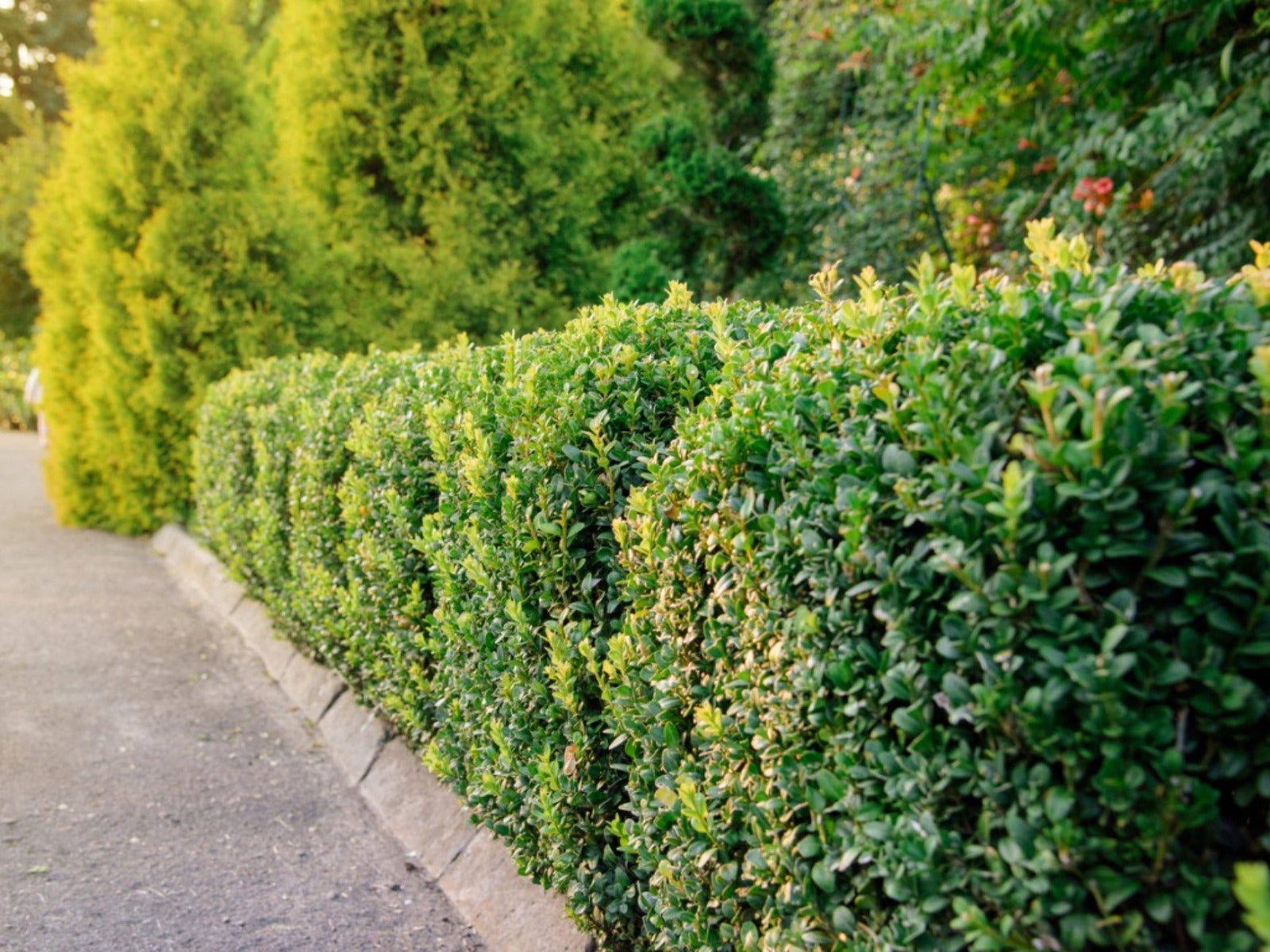 Best Plants For Evergreen Hedges
Best Plants For Evergreen HedgesEvergreens make the perfect hedge for screening, and there are so many to choose from. Read on to learn all about them.
By Amy Grant
-
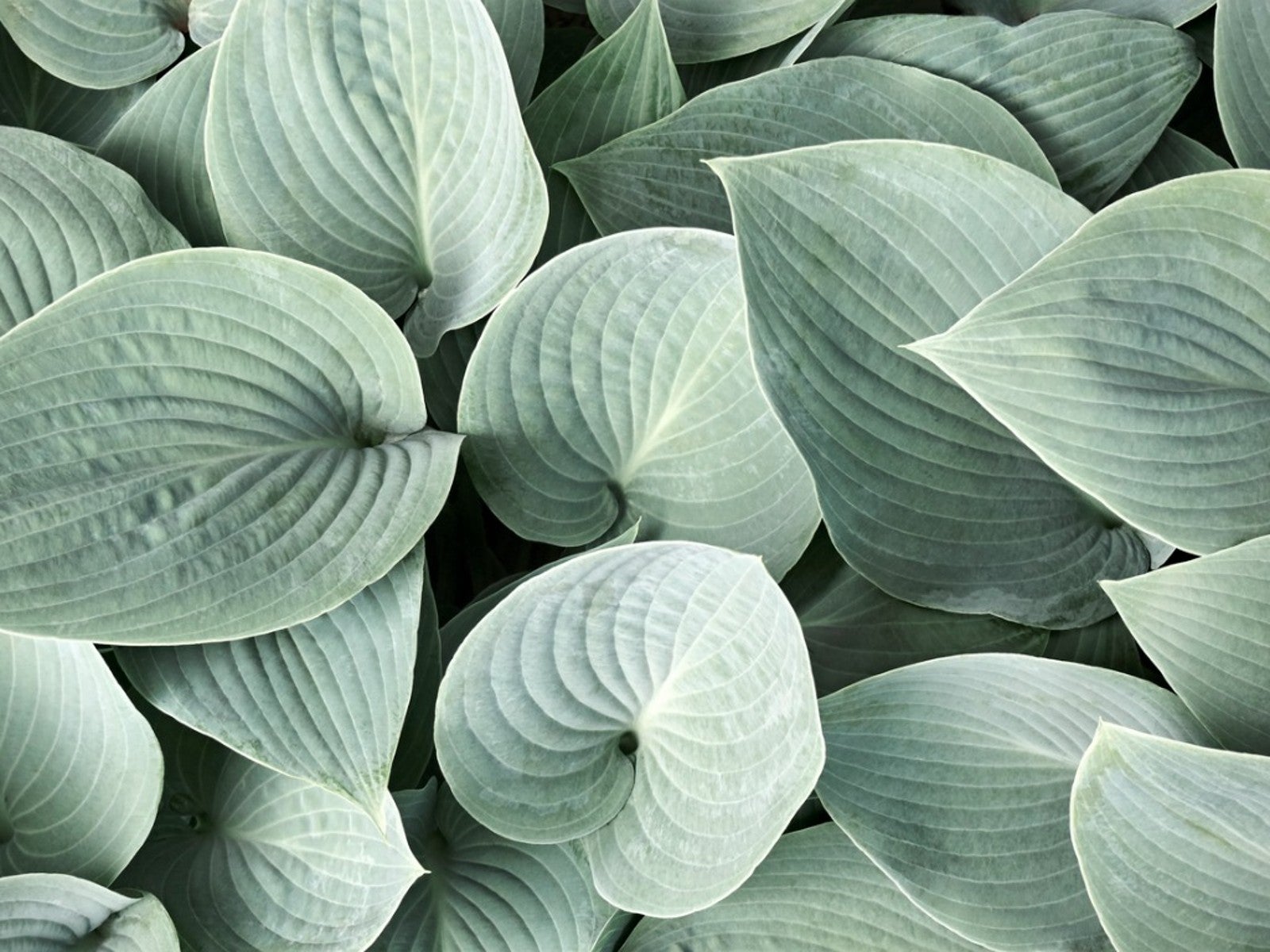 Creating A Pastel Plant Aesthetic With Light Colored Foliage
Creating A Pastel Plant Aesthetic With Light Colored FoliageClick here for ideas on plants with pastel colored foliage.
By Susan Albert
-
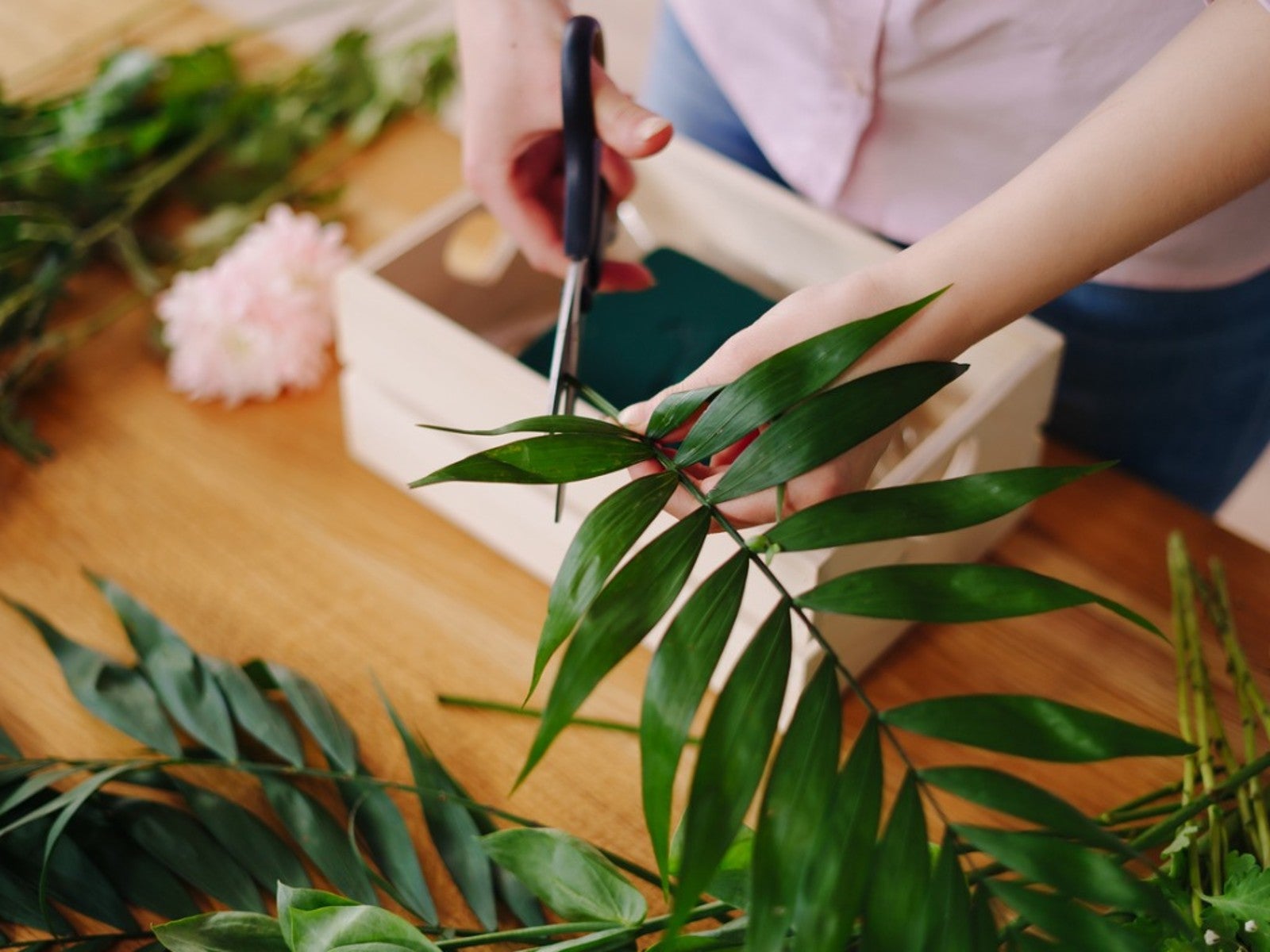 Dark Green Foliage For Flower Arrangements
Dark Green Foliage For Flower ArrangementsThe creation of your own fresh flower arrangement is a fun and exciting garden project. Click here to learn about common foliage options for flower arrangements.
By Tonya Barnett
-
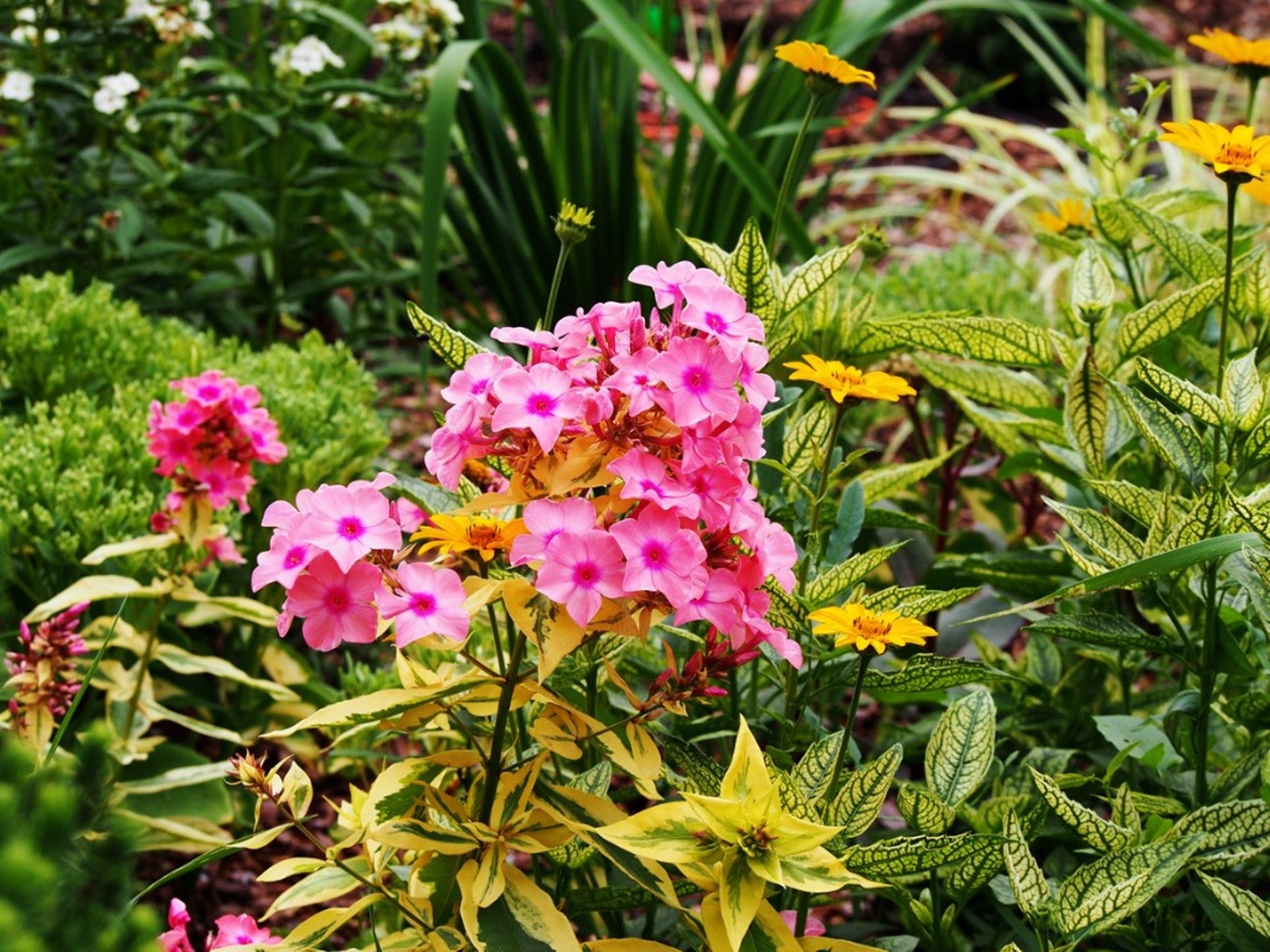 Fabulous Flowering Plants With Variegated Leaves
Fabulous Flowering Plants With Variegated LeavesGardeners often choose variegated leaves when they don't have flowers. But why not have both? These variegated flowering plants do.
By Mary Ellen Ellis
-
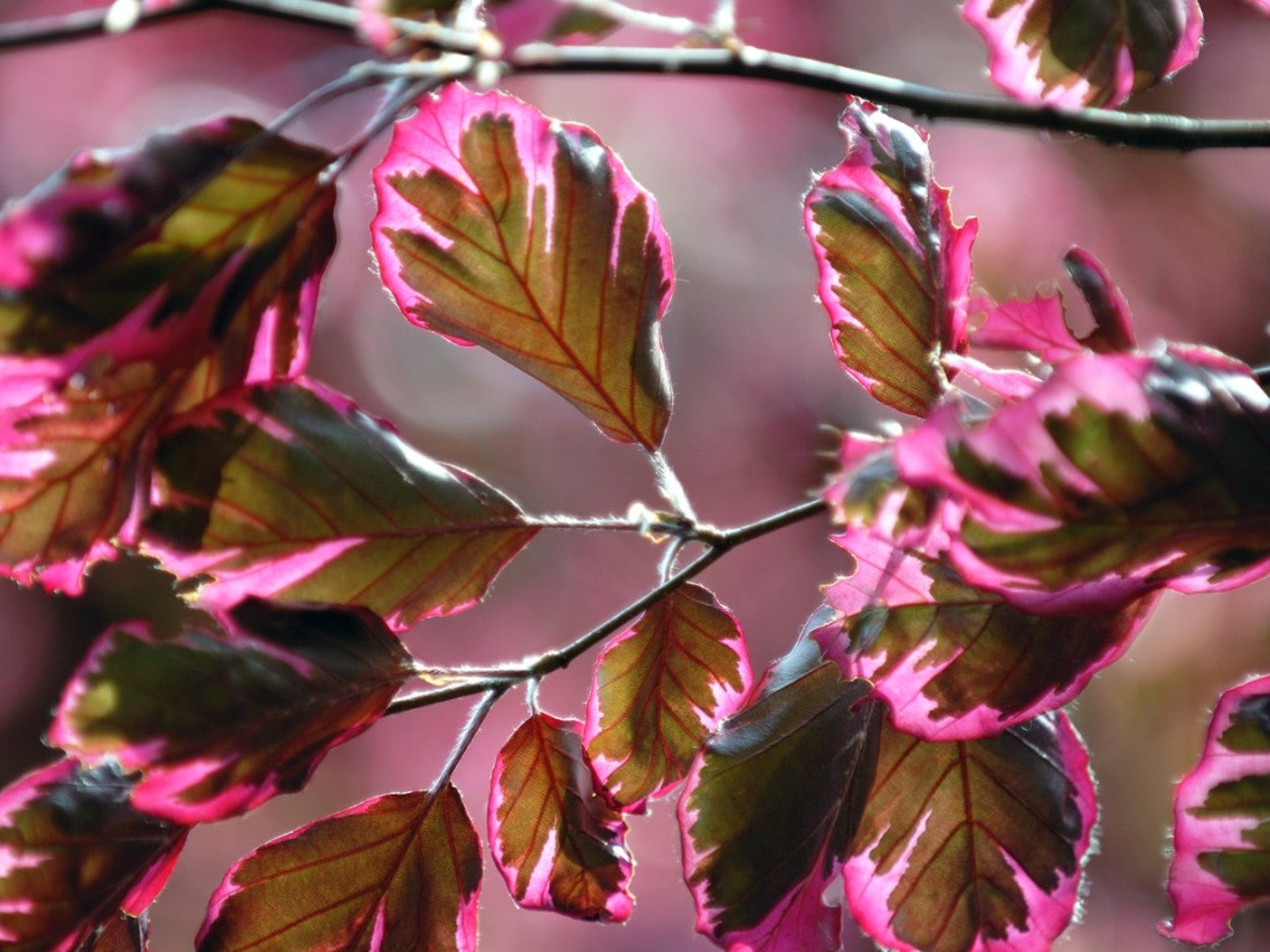 5 Unique Pink Plants - Outdoor Plants With Pink Foliage For The Garden
5 Unique Pink Plants - Outdoor Plants With Pink Foliage For The GardenPink foliage plants are truly unique. They add unexpected, eye-catching color to landscaping and beds. If you’re looking for a plant that has princess-pink leaves, green with pink variegation, or deep rose hues, these five examples will do the trick.
By Mary Ellen Ellis
-
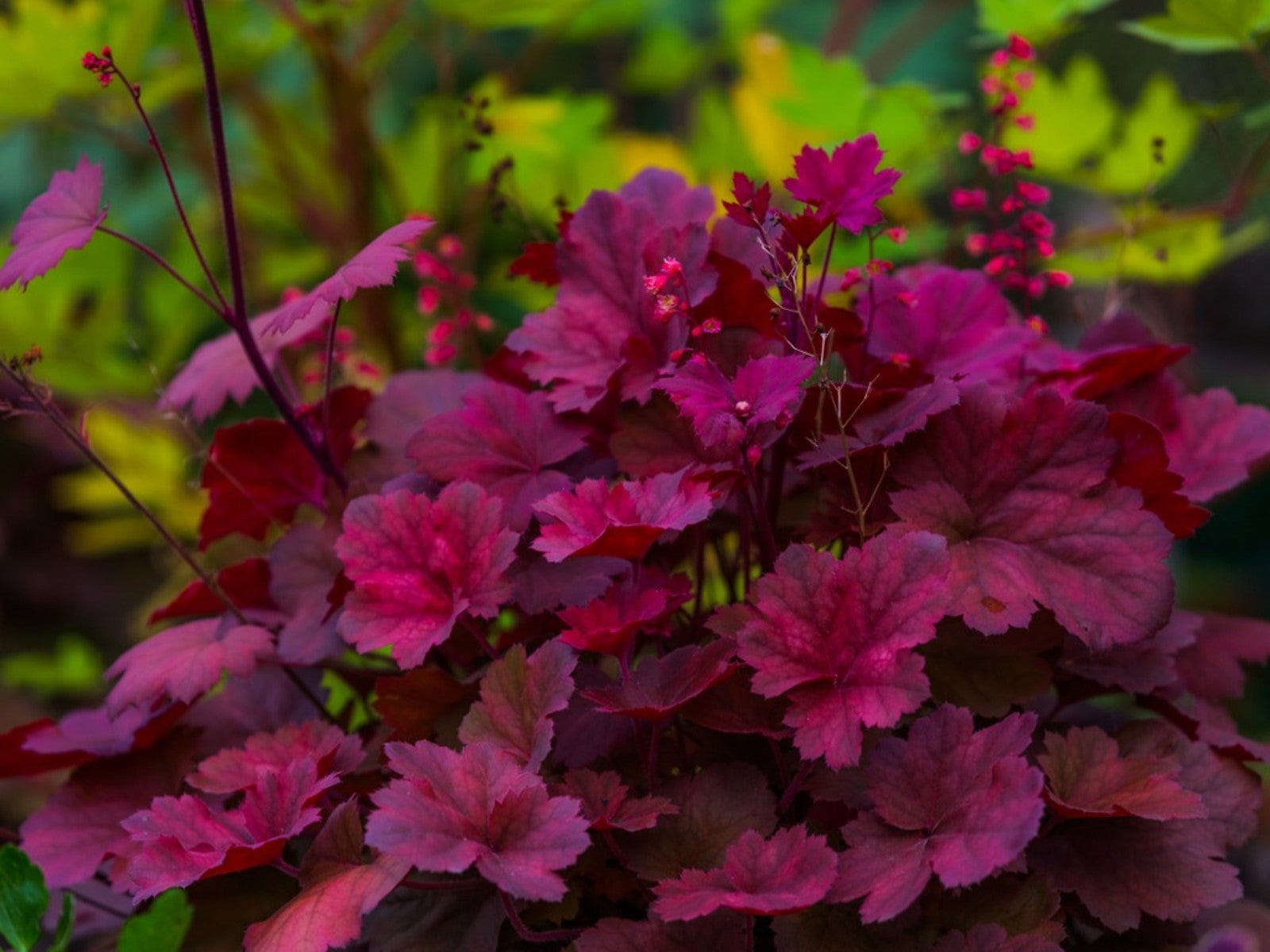 Add A Pop Of Red To Your Garden Bed - 5 Plants With Fabulous Red Foliage
Add A Pop Of Red To Your Garden Bed - 5 Plants With Fabulous Red FoliageThere are plenty of red foliage perennials and shrubs to use as accents or primary pops of color in the garden. Read on for our top 5.
By Amy Grant
-
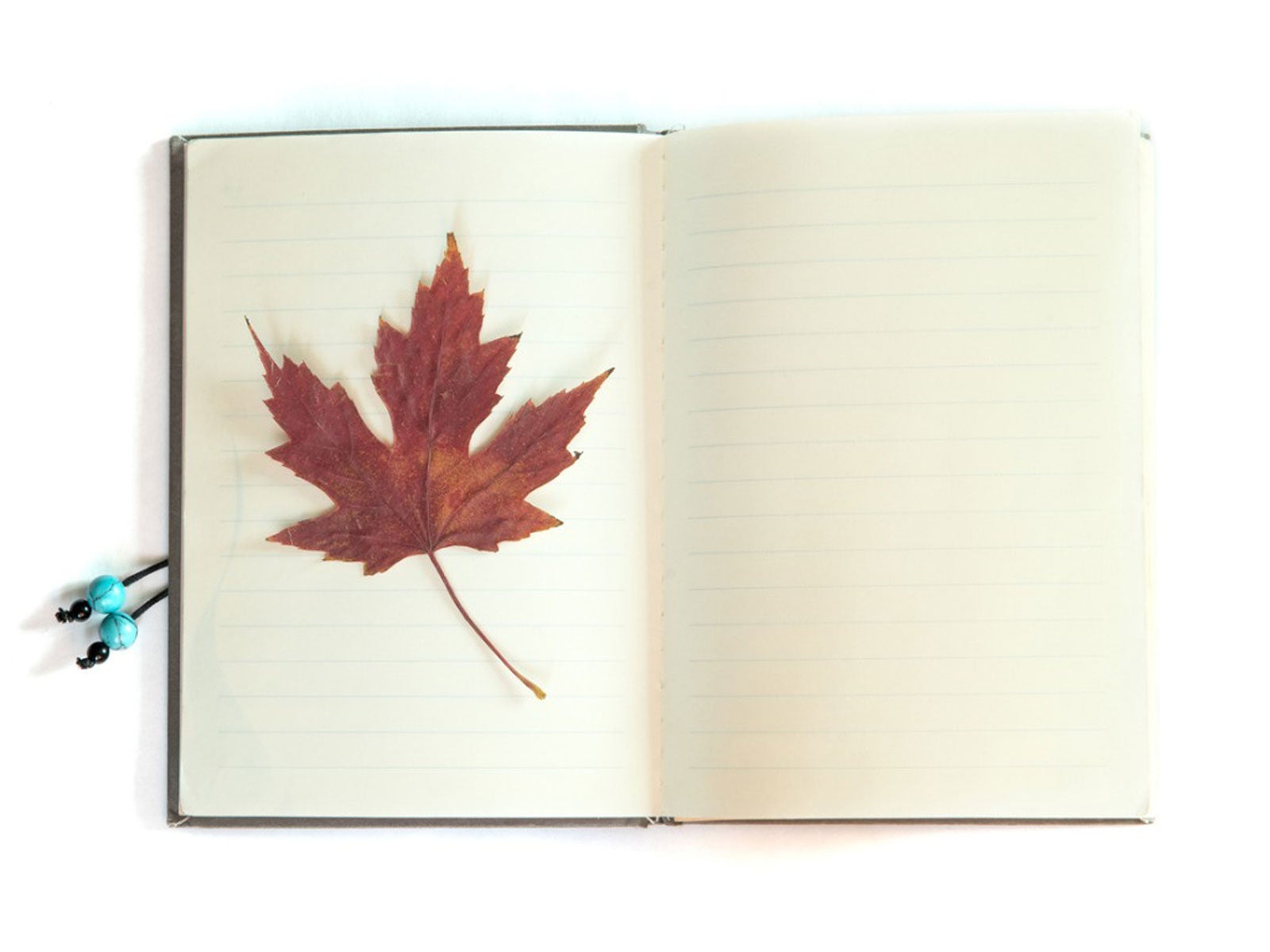 Can You Press Fall Leaves: Methods For Pressing Autumn Leaves
Can You Press Fall Leaves: Methods For Pressing Autumn LeavesPreserving leaves is an old pastime and art. Pressing flowers is more common, but to create spectacular fall displays, try leaves. Get started here.
By Mary Ellen Ellis
-
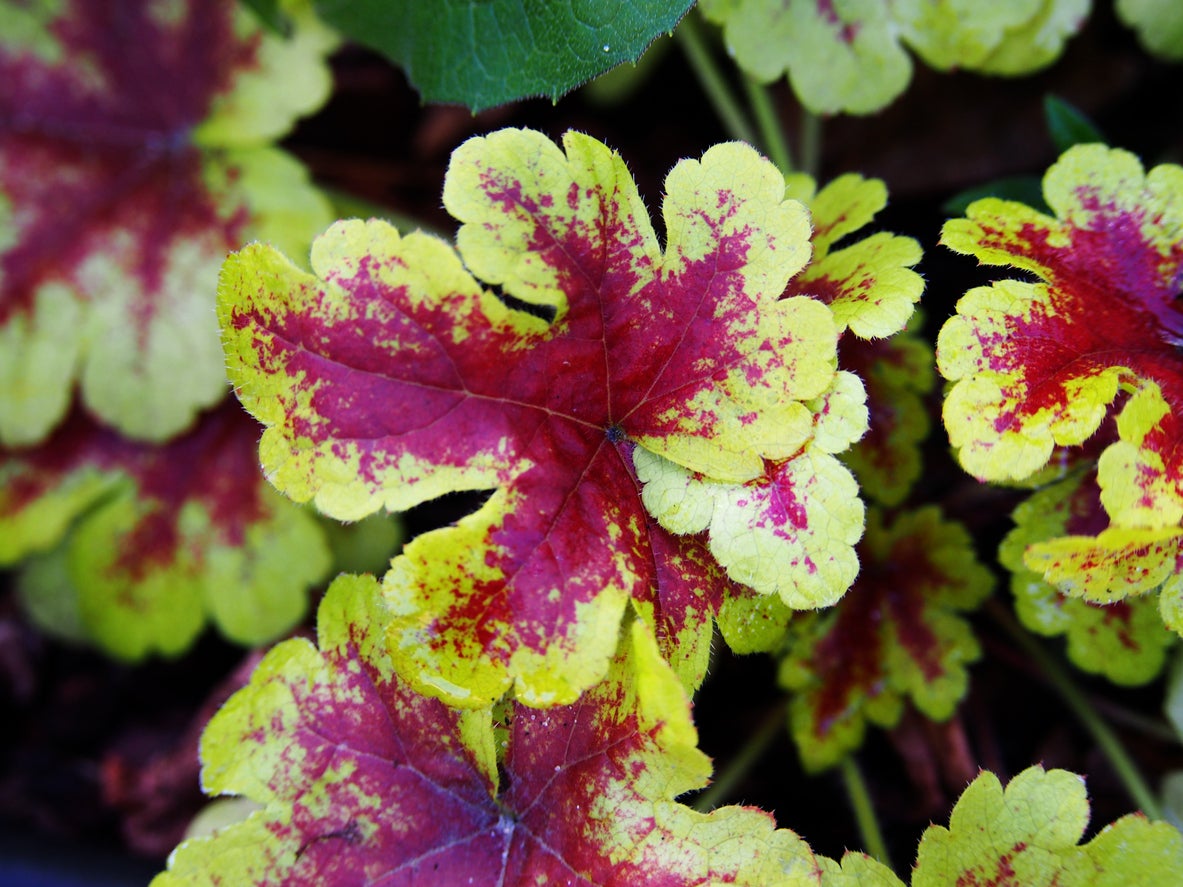 Common Red Leafed Plants: Growing Plants With Red Foliage
Common Red Leafed Plants: Growing Plants With Red FoliageAre you looking to add an intensity and pop of color to your garden? Look no further than plants with red foliage. Coming in a variety of shapes and sizes, you’ll have plenty to choose from. For ideas on red foliage plants to test out in your garden plans, click here.
By Bonnie L. Grant